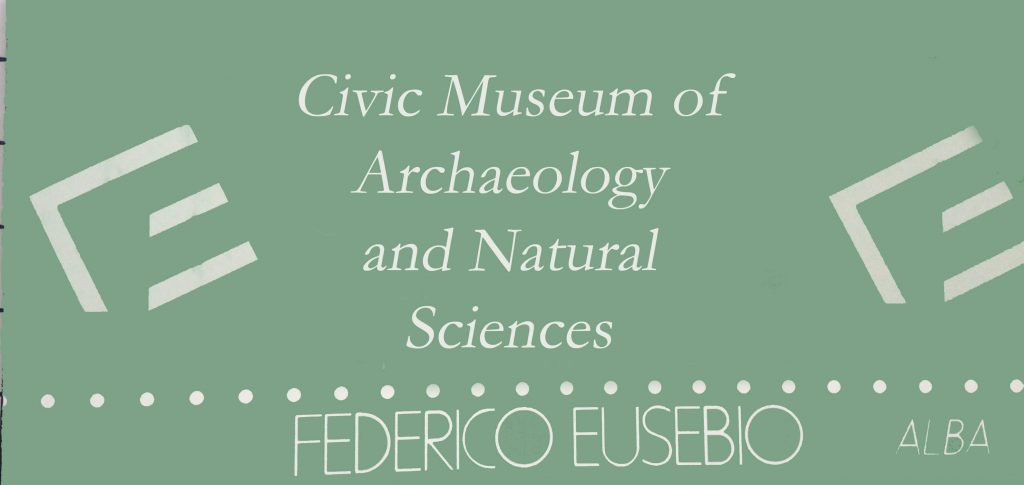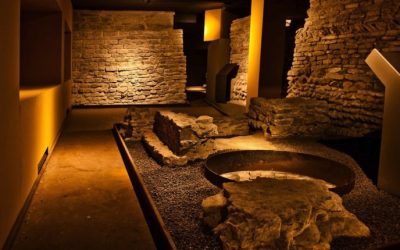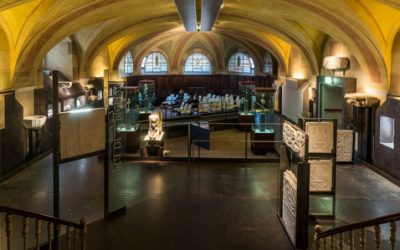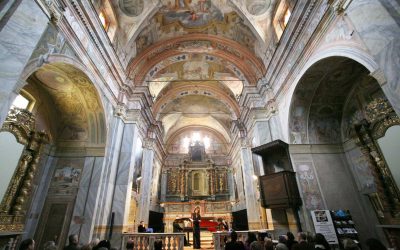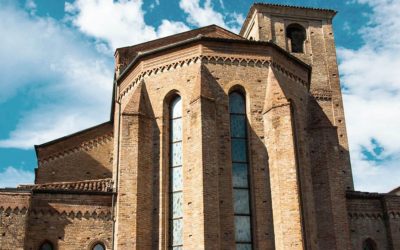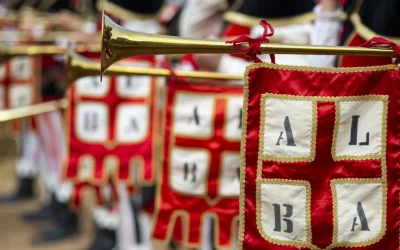Federico Eusebio, Alba Civic Museum of Archaeology and Natural Sciences
Federico Eusebio Civic Archaeological and Natural Sciences Museum, Alba
The archeology section includes a sector dedicated to prehistory and one to Roman times. As regards the first, the importance of the Neolithic station of Alba and the development of the village in the Bronze and Iron ages is documented. In the rooms dedicated to Roman archeology, instead, the testimonies concerning daily life, town planning, domus and public buildings of Alba Pompeia and its territory are preserved. The preparation of the medieval section is in preparation.
The section on natural sciences includes three rooms dedicated to geology, zoology and botany. In the first one the geomorphological structure of the Langhe and Roero is presented; the zoology room illustrates the evolution of the animal kingdom while the botanical room presents the evolution of the vegetable kingdom. The anthropology section finds space in the museum’s warehouses, equipped to guarantee the operations of restoration, study and conservation of the osteological findings.
Inside the museum there is a daily research activity which consists mainly of the increase, cataloging, study and publication and temporary exhibition of the collections or finds from time to time brought to light in the territory. This is complemented by the didactic activity aimed at making the Albese’s natural, historical and archaeological heritage known and carried out with schools of every order and degree in Alba and the territory. The museum also includes the archaeological area called The invisible city.
THE INVISIBLE CITY UNDER ALBA, PIEDMONT, ITALY
Alba Pompeia from Roman times to the Middle Ages.
The visitor is accompanied to the discovery of the remains of the Roman Forum and the medieval city, characterized by its imposing towers.
The archaeological area offers a significant overview of the urban transformations undergone by the city in what was the civil and religious heart of Alba since Roman times.
The oldest remains can be traced back to a portico, perhaps with shops behind, which overlooked the long southern side of the Forum of Alba Pompeia. The Roman public space in the late ancient age was first abandoned and subsequently occupied by modest wooden dwellings and a small Lombard cemetery. Only a few centuries later, in the middle ages, between the end of the 11th and the beginning of the 13th century, there was a urban rebirth of the block, and of the city in general. There is evidence of this in homes with small towers (house-tower).
The oldest towers are smaller and made of stone, while for the later ones, larger ones, there was a massive use of the cladding and clay decoration.
Federico Eusebio Civic Museum Contact
Via Vittorio Emanuele II, 19 (Maddalena courtyard)
Tel. + 39 0173 292473 – + 39 0173 292475
[email protected] – www.comune.alba.cn.it
Opening hours
Tuesday to Friday: 3.00 pm to 6.00 pm
Saturday: 2.00 pm to 7.00 pm
Sunday: 10.00 am to 1.00 pm and 2.00 pm to 7.00 pm
